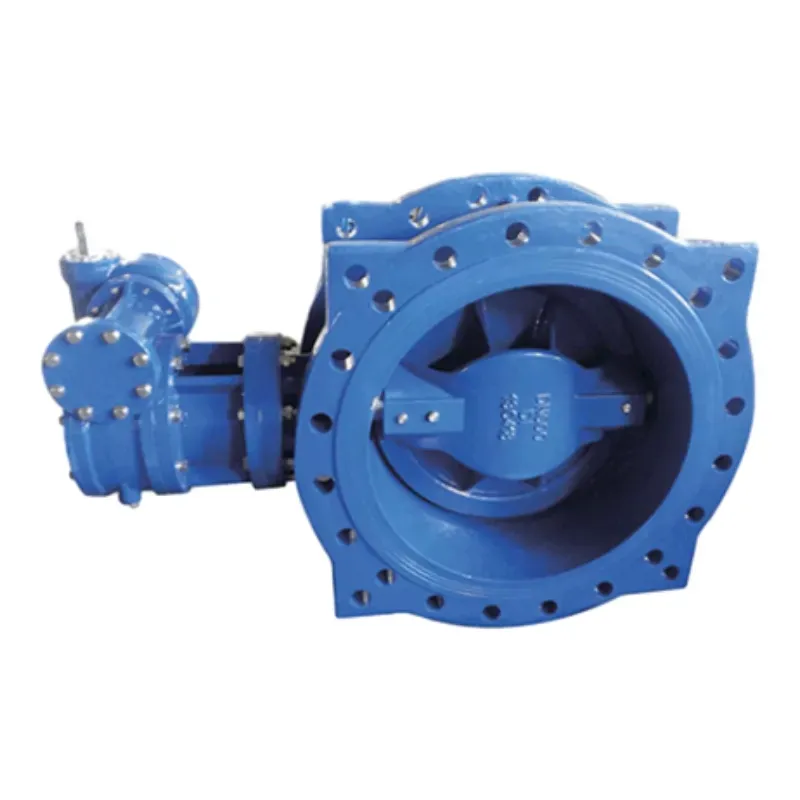Nov . 24, 2024 11:47 Back to list
low pressure check valve
Understanding Low Pressure Check Valves Function and Importance
Low pressure check valves are crucial components in various fluid handling systems, ensuring that fluids flow in the desired direction while preventing backflow. These valves are designed to operate efficiently under low pressure conditions, making them ideal for a range of applications in industries such as water treatment, chemical processing, and HVAC systems.
What is a Low Pressure Check Valve?
A low pressure check valve is a type of one-way valve that permits fluid to flow in a single direction only. It typically consists of a valve body, a sealing mechanism, and an actuator or spring that controls the opening and closing of the valve. The primary function of this valve is to maintain the flow of fluids while preventing reverse flow, which can lead to system inefficiencies and potential damage.
How Low Pressure Check Valves Work
The operation of a low pressure check valve is relatively straightforward. When fluid flows in the forward direction, it pushes against the sealing mechanism, which opens the valve and allows the fluid to pass through. However, if the pressure of the fluid drops or attempts to flow in reverse, the sealing mechanism engages, closing the valve and blocking the backflow.
There are various types of low pressure check valves, including swing check valves, spring-loaded check valves, and diaphragm check valves. Each type has its advantages and is suited for different applications. For example, swing check valves are often used in larger pipe systems due to their simplicity and reliability, while spring-loaded check valves may be better suited for applications requiring precise flow control.
Applications of Low Pressure Check Valves
Low pressure check valves find applications across various industries due to their ability to enhance efficiency and reliability in fluid systems
. Some common applications include1. Water Treatment In water treatment plants, low pressure check valves are essential for maintaining water quality. They prevent contaminated water from flowing back into clean water supplies, ensuring public safety.
low pressure check valve

2. HVAC Systems In heating, ventilation, and air conditioning (HVAC) systems, these valves help maintain proper flow rates and prevent backflow that can disrupt temperature regulation.
3. Chemical Processing In chemical manufacturing, low pressure check valves are used to protect sensitive equipment and prevent cross-contamination of chemicals. Their reliability is crucial for maintaining safe operating conditions.
4. Pumping Systems These valves are also used in various pumping applications to ensure unidirectional flow and protect pumps from damage due to backflow, which can cause wear and tear over time.
Benefits of Using Low Pressure Check Valves
The implementation of low pressure check valves offers several benefits
- Prevention of Backflow The primary advantage of check valves is their ability to prevent backflow, which can lead to contamination, equipment damage, and system failures.
- System Efficiency By ensuring that fluids flow in the intended direction, these valves contribute to the overall efficiency of fluid handling systems, reducing the risk of pump cavitation and other related issues.
- Durability and Low Maintenance Low pressure check valves are designed for longevity and typically require minimal maintenance, making them a cost-effective solution for various applications.
Conclusion
In summary, low pressure check valves play a vital role in fluid handling systems across numerous industries. Their ability to prevent backflow, enhance system efficiency, and provide reliable operation under low pressure conditions makes them indispensable. Understanding their function and applications can help ensure that systems are designed and maintained effectively, contributing to safer and more efficient operations. As industries continue to evolve and demand higher levels of efficiency, low pressure check valves will remain a fundamental component in fluid management strategies.
Share
-
Reliable Wafer Type Butterfly Valves for Every IndustryNewsJul.25,2025
-
Reliable Flow Control Begins with the Right Ball Check ValveNewsJul.25,2025
-
Precision Flow Control Starts with Quality ValvesNewsJul.25,2025
-
Industrial Flow Control ReliabilityNewsJul.25,2025
-
Engineered for Efficiency Gate Valves That Power Industrial PerformanceNewsJul.25,2025
-
Empowering Infrastructure Through Quality ManufacturingNewsJul.25,2025